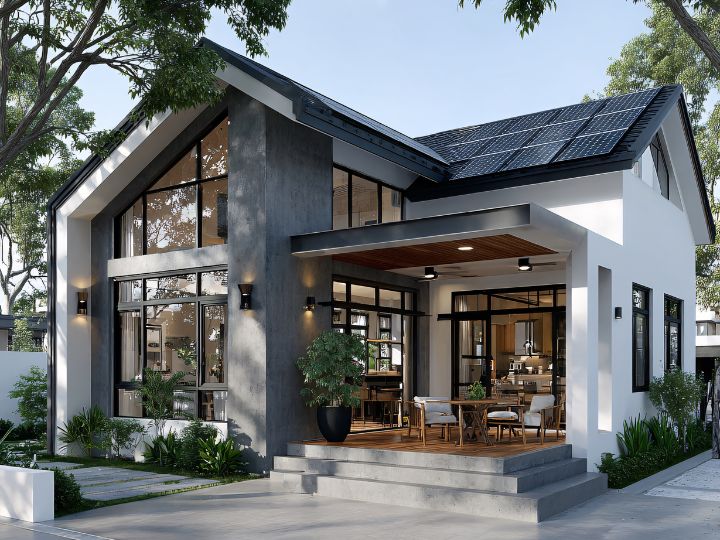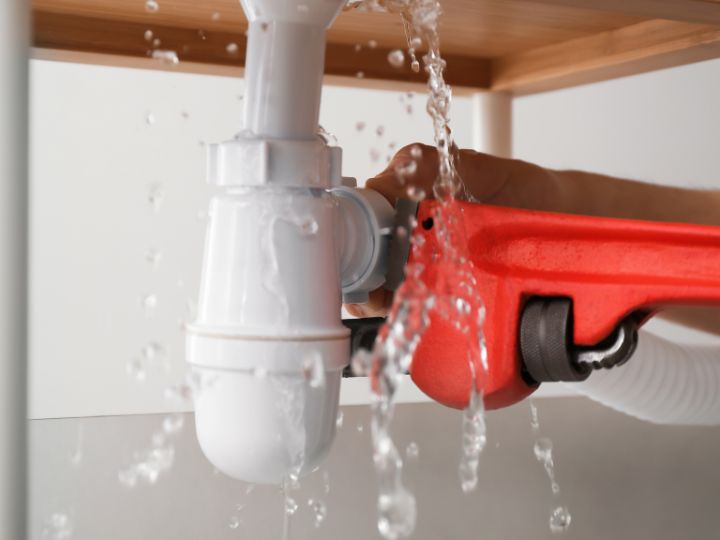
How to Estimate Your Kitchen Remodeling Costs: A Comprehensive Guide

Remodeling your kitchen can be a transformative project, enhancing both the functionality and aesthetics of one of the most important spaces in your home. However, accurately estimating kitchen remodeling costs is crucial to ensuring that your project stays within budget and meets your expectations. In this comprehensive guide, we'll walk you through the steps to estimate your kitchen remodeling costs effectively.
1. Determine Your Kitchen Remodeling Goals
Before diving into cost estimates, it’s essential to define your remodeling goals. Are you aiming for a complete overhaul or just a few upgrades? Your goals will significantly impact the overall cost. Common remodeling goals include:
- Upgrading Appliances: Replacing old appliances with new, energy-efficient models.
- Cabinet Refacing or Replacement: Refreshing existing cabinets or installing new ones.
- Countertops and Backsplashes: Installing new countertops and backsplashes for a fresh look.
- Flooring: Updating the flooring to a new material.
- Layout Changes: Altering the kitchen layout, which might involve moving plumbing or electrical fixtures.
2. Establish a Budget
Once you have a clear vision of your remodeling goals, establish a budget. The budget will guide your decisions and help you prioritize different aspects of the remodel. On average, kitchen remodeling costs range from $15,000 to $50,000, but this can vary widely depending on the size of your kitchen, the extent of the remodel, and your location.
3. Break Down the Costs
Understanding the components of kitchen remodeling costs can help you estimate expenses more accurately. Here’s a breakdown of common cost categories:
- Cabinets: Cabinets can account for 30-40% of your total remodeling budget. Costs vary based on materials, design, and installation. Custom cabinets are more expensive than stock or semi-custom options.
- Countertops: The cost of countertops depends on the material you choose. Granite and quartz are popular high-end options, while laminate and butcher block are more budget-friendly.
- Appliances: Upgrading appliances can be a significant expense. Costs vary based on brand, features, and energy efficiency. High-end appliances can cost several thousand dollars each.
- Flooring: Flooring costs depend on the material chosen. Options include tile, hardwood, laminate, and vinyl. Installation costs also vary.
- Lighting and Fixtures: Lighting fixtures and plumbing fixtures (such as sinks and faucets) can range from budget-friendly to high-end, depending on style and quality.
- Labor Costs: Labor costs typically make up 20-35% of the total remodeling budget. This includes costs for contractors, electricians, plumbers, and other tradespeople.

4. Get Multiple Quotes
To ensure you get a fair estimate, it’s advisable to obtain quotes from multiple contractors. This will give you a better understanding of the going rates in your area and help you avoid overpaying. When comparing quotes, ensure they include a detailed breakdown of costs to make an accurate comparison.
5. Consider Contingencies
Unexpected expenses can arise during a remodeling project. It’s wise to set aside a contingency fund, typically 10-20% of your total budget, to cover any unforeseen costs. This can include issues with plumbing, electrical systems, or structural changes.
6. Factor in Permits and Fees
Depending on the scope of your kitchen remodel, you may need to obtain permits. Permit costs can vary based on your location and the complexity of the project. Check with your local building department to understand the requirements and associated fees.
7. Plan for Design and Planning Costs
Designing your kitchen and planning the remodel can incur additional costs. Hiring a kitchen designer or architect to create detailed plans and 3D renderings can help ensure your vision is accurately realized but will add to the overall cost. Some designers charge a flat fee, while others may charge by the hour.

8. Assess Potential Cost-Saving Measures
If your budget is tight, consider ways to reduce costs without compromising quality. Here are a few cost-saving measures:
- Refinish Cabinets: Instead of replacing cabinets, consider refinishing or repainting them for a fresh look at a lower cost.
- DIY Projects: Some aspects of the remodel, such as painting or installing a backsplash, can be done yourself to save on labor costs.
- Shop Sales and Discounts: Look for sales on appliances, fixtures, and materials to reduce costs. Many retailers offer discounts on end-of-line or seasonal items.
9. Understand the Impact of Location
Kitchen remodeling costs can vary significantly based on your location. Urban areas and regions with a high cost of living typically have higher labor and material costs. Research local averages to better estimate your costs.
10. Plan for Future Costs
Finally, consider the long-term costs associated with your remodel. Invest in quality materials and fixtures to ensure durability and reduce the need for repairs or replacements in the near future.
Conclusion
Estimating kitchen remodeling costs requires careful planning and consideration of various factors. By defining your goals, establishing a budget, breaking down costs, obtaining multiple quotes, and planning for contingencies, you can create a more accurate estimate for your kitchen remodel. With these steps, you'll be better equipped to manage your budget and achieve a successful remodeling project that enhances the heart of your home.
For more personalized advice on kitchen remodeling cost estimates and expert assistance, don’t hesitate to contact us for a consultation. Let’s make your dream kitchen a reality!
Latest Blogs
Transform your dream home into reality with our premier renovation services!
Book a call with us today and let's create the perfect space tailored just for you.

.svg)
.svg)



